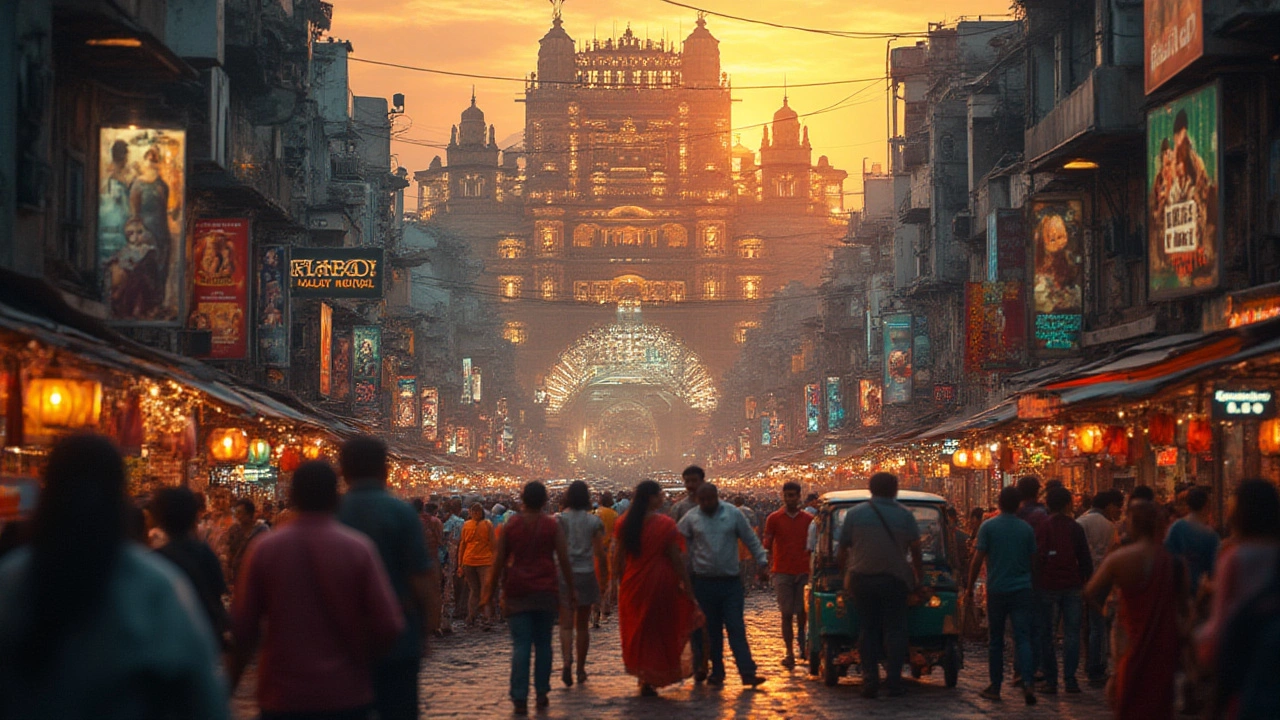
It almost feels magical: a single city casting a spell over the hopes of millions across India (and even more around the world), churning out movies that break box office records and shape pop culture. No other city in India grabs the spotlight quite like Mumbai when it comes to the film industry. This isn’t just another big city with glitzy buildings and sea views—it’s where cinema is a way of life, and locals still swap stories about bumping into stars at cafes, parks, or in traffic jams. Ever wonder why so many pack their bags and head toward Mumbai, despite the traffic and soaring rents? The answer is simple: the city lives, breathes, and eats film—right from the chaiwala on the corner who knows which star shot a scene on his street, to generations who grew up humming Bollywood classics streaming from radios. Before diving into why Mumbai became the ultimate showbiz hotspot, let’s take a behind-the-scenes look at its rise—and why no other city has come close.
The Origin of Mumbai as India’s Movie Capital
Trying to imagine Indian cinema without Mumbai is like thinking of cricket without Sachin Tendulkar. But the connection wasn’t always so obvious. Mumbai, known as Bombay before 1995, had the edge thanks to its strategic location on the west coast. This mattered big-time in the early 1900s, when silent films like "Raja Harishchandra" (often called the first Indian feature film) were born here, in Dadasaheb Phalke’s modest Girgaon apartment. The city’s bustling ports made it easy to import the latest movie equipment from Europe, which filmmakers from the rest of India could only dream of.
But there’s more than just geography at play. Mumbai quickly developed a flexible spirit: a melting pot of communities, languages, and cultures, almost like every neighborhood was a separate movie set. While Indian films were being made in other cities—think Chennai for Tamil films, Kolkata for Bengali movies—Mumbai started attracting all sorts of talent. Art directors, camera operators, screenwriters, and a slew of risk-taking producers found the city irresistible.
Fast forward to the 1940s and ‘50s, and things exploded. As Indian cinema entered its Golden Age, Mumbai’s studios became legendary: Bombay Talkies, Prabhat Studios, RK Studios—each churning out hits that would be discussed in every corner, from classrooms to dhabas. It wasn’t just business; moviemaking in Mumbai became a craze, a shot at immortality. People would joke: “If you can make it in Mumbai, you can make it anywhere.” The city began to shape the stories, faces, and even the dreams of the nation.
By the 1970s, the term "Bollywood"—a mashup of Bombay and Hollywood—entered pop culture. Bollywood didn’t just mean Hindi-language cinema, though. The spirit of Mumbai’s film industry became more than just movies: it kicked off fashion trends, molded dance styles, and set the gold standard for what a blockbuster should look like. Global icons like Amitabh Bachchan, Shah Rukh Khan, and Aishwarya Rai got their big breaks here, and people from villages across India started plotting their own journeys to the megacity, just for a chance to be on the silver screen.
What Makes Mumbai the Heart of Bollywood?
Okay—why Mumbai and not another city? For one, the industry here runs on a wild mix of ambition, creativity, and, let’s be honest, a dash of chaos. From the famous Film City in Goregaon (where a single studio can contain fake hospitals, rain machines, and grand palaces all in the same lot) to the dusty streets around Andheri packed with upcoming actors running from one audition to the next: Mumbai's pulse is pure cinema.
If you peek into a casting agency or a director’s cramped office, you’ll notice something odd: nobody’s ever in a rush to "leave work." Here, deals are done over late-night chai, scripts come alive in roadside tapris, and even heated arguments between producers and directors can turn into movie magic. The city’s diversity plays a huge role, too; it's possible to find locations and extras for any setting. Need rural Punjab? Shoot in the far suburbs. Fancy a royal palace? Studios can whip up anything overnight.
Let’s talk about scale. Mumbai isn’t just any movie city. It's the world’s most prolific film capital, beating even Hollywood in the number of films produced annually. Have a peek at these numbers:
| Film City | Year Established | Films Produced per Year |
|---|---|---|
| Mumbai (Bollywood) | 1913 | Over 1,500 |
| Chennai (Kollywood) | 1916 | Over 300 |
| Hyderabad (Tollywood) | 1921 | Over 600 |
This massive output needs a massive ecosystem—talent, infrastructure, and a constant influx of new faces. Mumbai has it all. Want to take a selfie outside Salman Khan’s home? You’ll join flocks of fans lining up every Sunday near Galaxy Apartments. Looking to become a playback singer? Top studios are a train ride away. Even for technical jobs—set design, special effects, editing—the best training and opportunities are here.
It gets even cooler. Bollywood holds enormous influence on Indian families: movie dialogue seeps into daily conversation, melodies from hit scores travel from clubs to wedding celebrations, and even Whiskers, my cat, has been startled awake thanks to the thundering drums of a film background score echoing through our tiny Mumbai apartment!
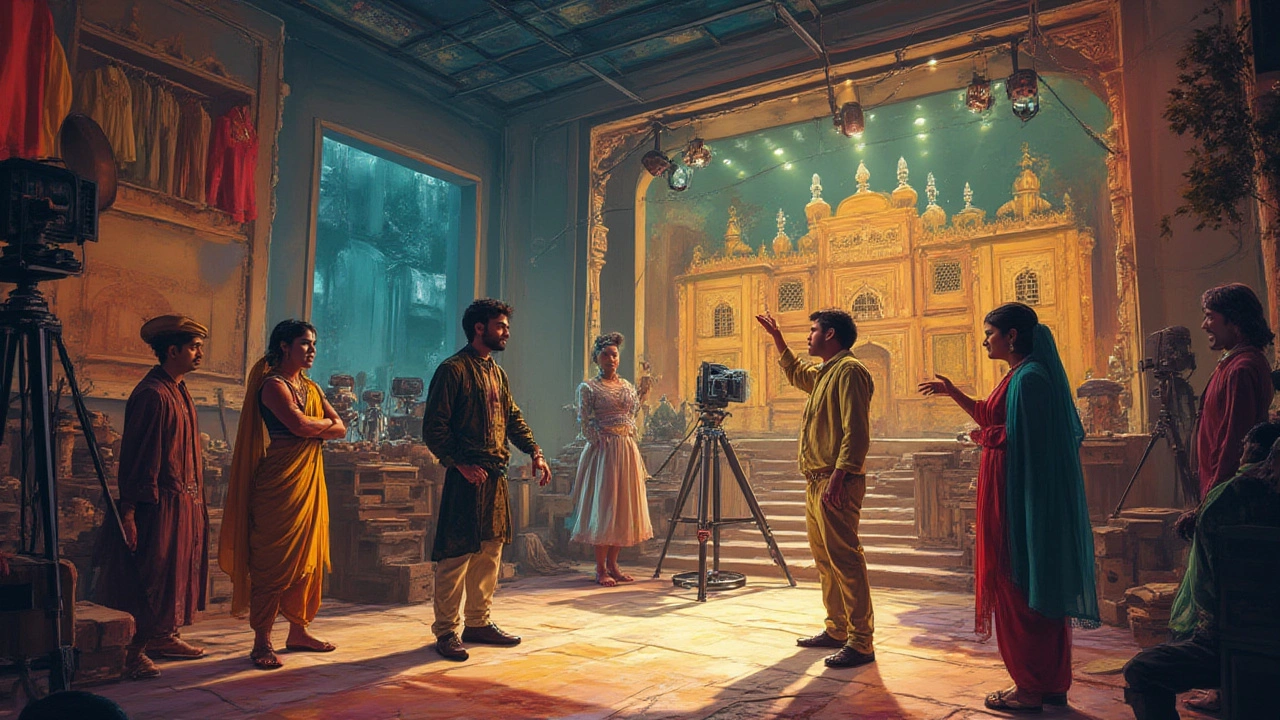
The City’s Impact on Indian Culture and Society
Ask a Mumbai local about their favorite Bollywood moment, and you’ll likely get an answer rich with nostalgia—a first visit to Maratha Mandir to watch “Dilwale Dulhania Le Jayenge,” or the time a neighbor’s restaurant was picked for a shoot. Bollywood is more than glitz; it’s woven right into Mumbai’s daily routine. School holidays see kids practicing Shah Rukh’s signature arm-spread pose in building courtyards, while aunties gossip about the latest casting rumors in the lift.
Mumbai movies shape language too: Hindi slang owes plenty to screenwriters, and words like “masala” (spice-packed movies), “item number,” or even movie quotes (“Mogambo khush hua!”) have stuck in popular speech. Every celebration sparkles a bit more with Bollywood tunes in the background. On Independence Day, don’t be surprised if patriotic classics from the silver screen blast from every loudspeaker in sight.
Let’s not brush aside the economy. Bollywood creates jobs for hundreds of thousands—actors, yes, but also hairdressers, drivers, spot boys, extras, food vendors, choreographers, set designers, junior artists, and the ever-elusive "script doctors.” Even star kids like Arjun (he’d roll his eyes at the fuss, but he still hums movie songs under his breath) dream of getting a slice of that pie. Movie premieres spill over into late-night food trucks and bustling nightlife, which wouldn’t exist in quite the same way if the city wasn’t obsessed with film.
And film shapes perceptions about India abroad. Generations of international fans discovered India through Bollywood’s dancing, drama, and music. Mumbai’s own locals get front-row seats to the seeing the city’s changing face reflected as new movies explore topics that were once taboo—gender equality, social justice, environmental issues. It’s a city that streamlines its contradictions and culture shocks into stories that make people laugh, cry, and argue (sometimes all at once).
Beyond entertainment, Mumbai’s film industry has even helped out in emergencies. Bollywood actors and unions have jumped in for charity during floods and the COVID-19 pandemic, stepping up relief work and fundraising. It’s a rare bond—industry and city, each shaping the other, both in screen fantasy and real-life crisis.
Tips for Exploring Bollywood in Mumbai and Fun Facts
This city’s film-obsessed energy is contagious, and for true Bollywood fans, Mumbai’s got experiences for every kind of dreamer. Here’s how you can get up close to the magic:
- Take a Film City tour: Goregaon’s sprawling Film City offers guided tours, where you might spot a colorful wedding scene being shot in the morning and a gritty crime drama after lunch. Keep your camera charged—no two visits are ever alike.
- Star spotting in Bandra: Keep your eyes peeled especially outside Mannat (Shah Rukh Khan’s home) and Galaxy Apartments (Salman Khan’s pad). But don’t expect miracles—stars zip around in tinted-window SUVs.
- Watch a movie at an old-school theater: Maratha Mandir’s never-ending “DDLJ” run is legendary. Also, places like Regal and Liberty cinemas give the old-timey feel, and the tickets don’t break the bank.
- Explore Bollywood-themed cafes: Several joints around Versova and Andheri celebrate famous songs, iconic dialogues, and movie posters.
- Try your luck as an extra: If you’ve got an afternoon to spare, film coordinators sometimes scout for foreigners or locals willing to play background characters, especially in dance numbers. You’ll leave with a story (and maybe a hundred-rupee note).
- Film festivals galore: Check out the Mumbai Film Festival (MAMI) in October—a ticket might get you into an indie or international premiere, and brush shoulders with up-and-coming stars.
If you ever visit a Bollywood set, don’t be surprised by the organized chaos. Runners dashing with props, actors squeezing in Instagram selfies between shots, and endless chai breaks. The magic happens in the madness.
Fun trivia? The first-ever Indian film, "Raja Harishchandra," had no female actors—men played women's roles! Even now, Mumbai talent agencies work with thousands of hopefuls, but only a tiny fraction make it to the big screen.
The city itself gets cameo roles—Marine Drive, Gateway of India, and even the local trains have appeared in more films than you can count. Bollywood is a proper Mumbai love story, one that’s impossible to compete with. And honestly, once you get a taste of it, you start seeing the world with a little extra color and drama, just like the movies.
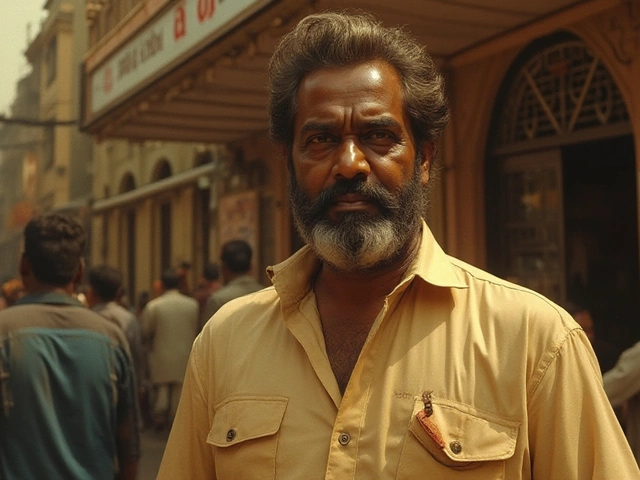
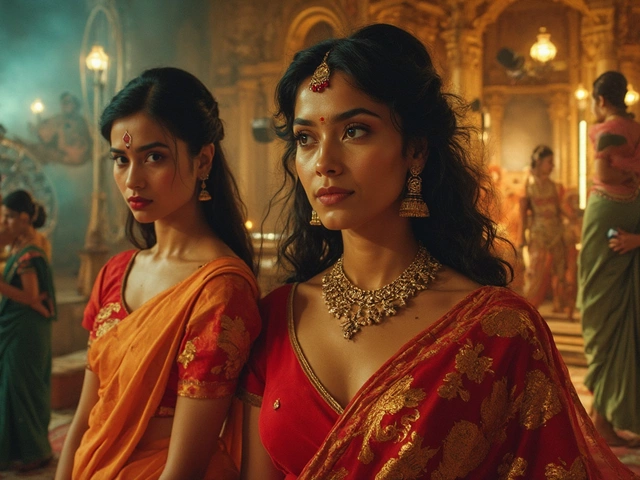
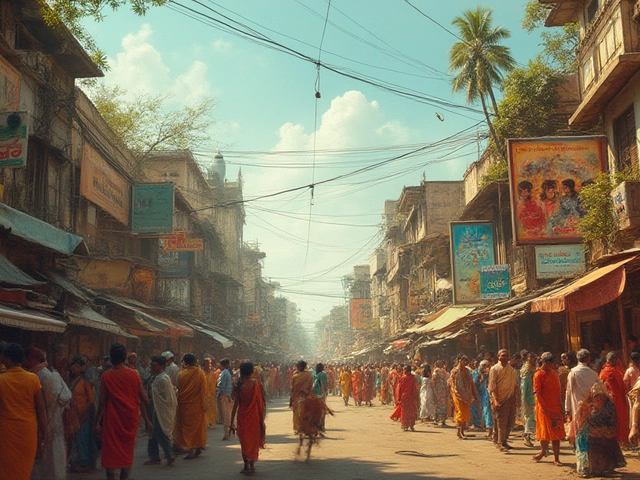
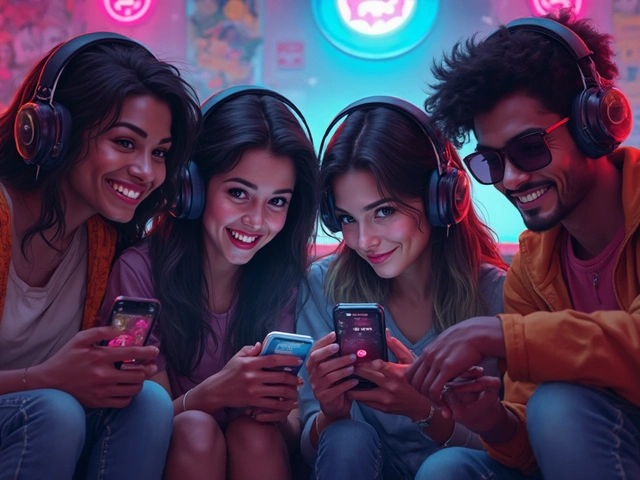

Write a comment